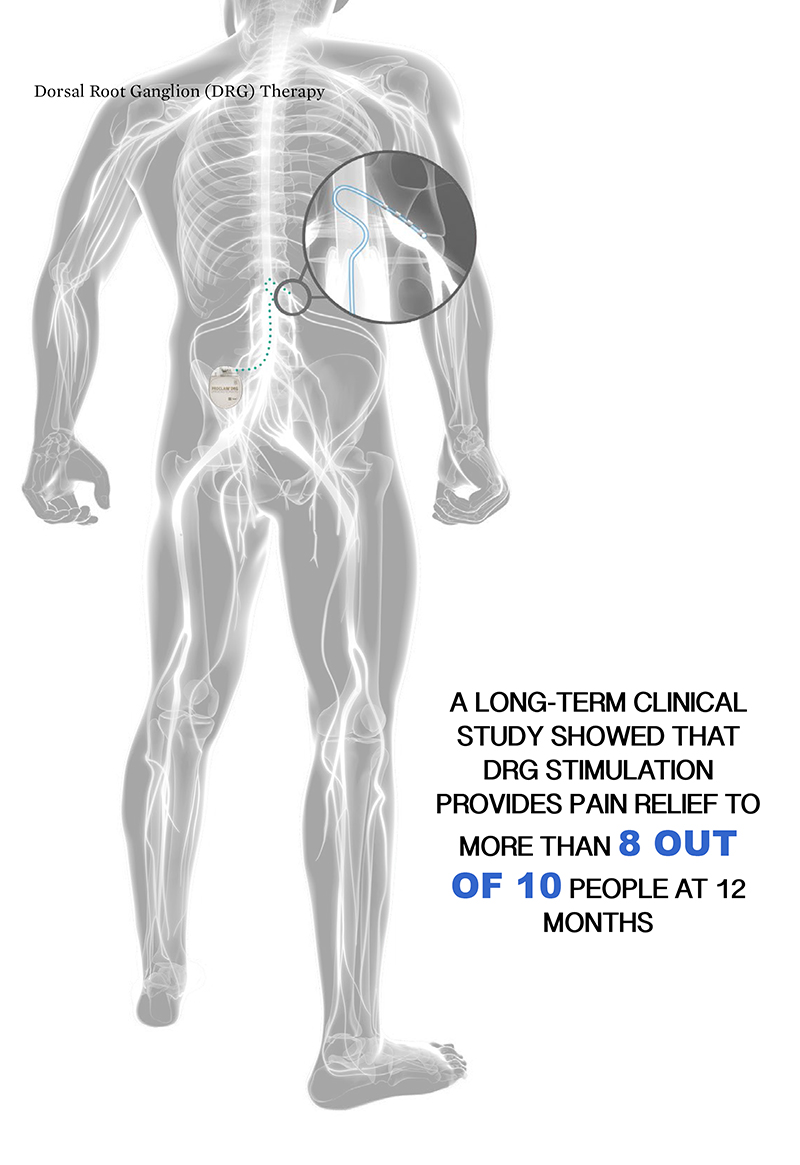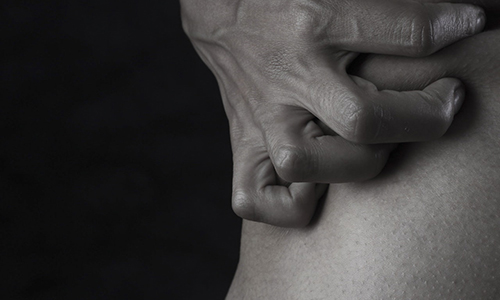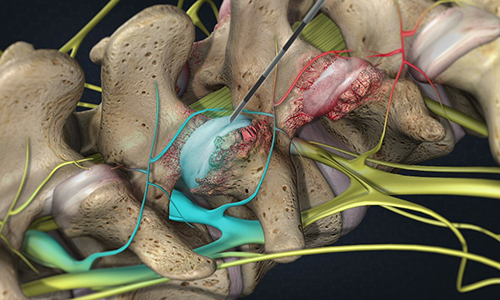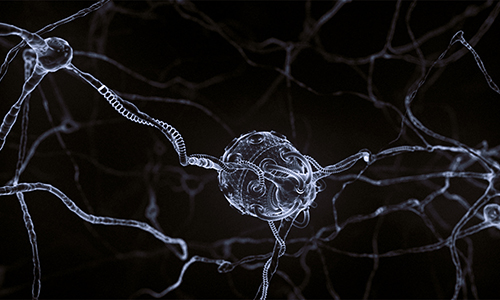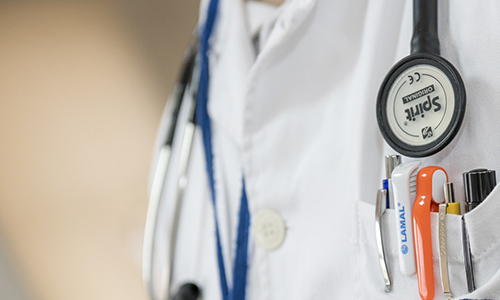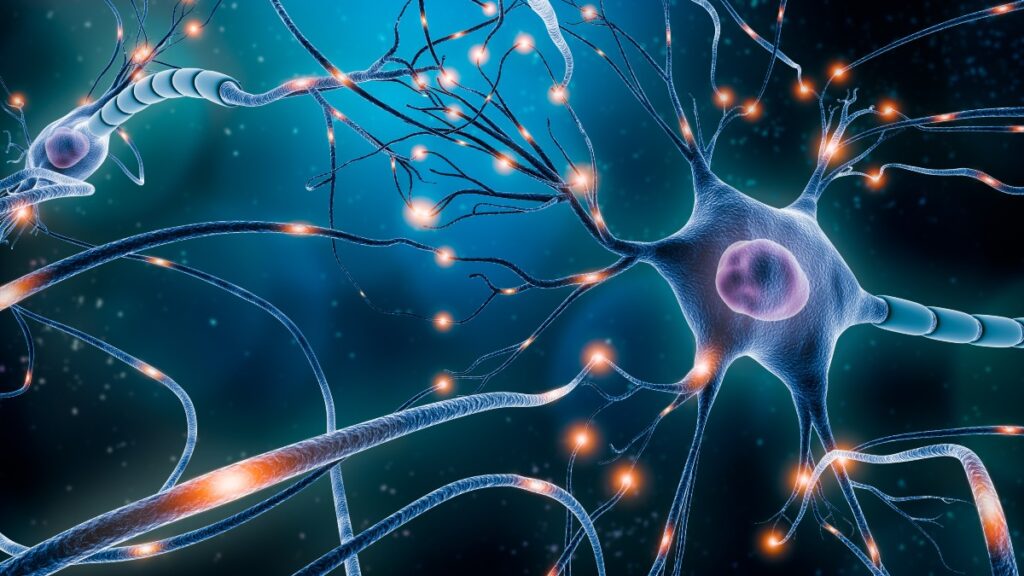DRG Stimulation Therapy
If you are experiencing pain in your knee, hip, groin or foot following surgery, trauma, injury, amputation or other pre-existing conditions, you may have a type of pain called nerve pain. Nerve pain is difficult to treat and many patients have tried multiple options, including medication, to try and find relief. Today, there’s a better answer.
DRG therapy is a new, non-opioid treatment option providing effective relief so you can focus on your life, not on your pain.
PROVEN TO HELP PEOPLE LIKE YOU
Abbott developed DRG stimulation specifically for people like you. A long-term clinical study shows that DRG stimulation provides1:
For these people, DRG stimulation is the best option, providing pain relief even where no other treatment has worked1.
MAKING LIFE BETTER, IN EVERY WAY
Living with pain affects everything you do. Research on DRG stimulation shows that patients report improvements on every quality of life measure, from physical activity to eating and sleeping1.
DRG THERAPY MAY BE AN OPTION IF YOU HAVE:
-
Chronic pain that has lasted six months or more
-
Isolated chronic pain in a lower part of the body, such as the foot, knee, hip or groin, following an injury or surgical procedure
-
Little or no relief from traditional neurostimulation, surgery, pain medications, nerve blocks or other pain management therapies
HOW DRG THERAPY WORKS
DRG therapy works by stimulating dorsal root ganglia (DRGs). These are structures along the spinal column made up of densely populated sensory nerves, and they act like traffic lights, regulating signals and sensations that travel through nerve fibers along the spinal column to the brain. Stimulating these structures can reduce pain in specific locations in your body.
If your doctor decides that DRG therapy is right for you, you will receive a DRG therapy system. This system is made up of parts that are designed to work together to help you manage your pain:
-
Generator: A small device that sends out mild electrical pulses and that contains a battery. This is implanted in your body.
-
Leads: Thin insulated wires that carry the electrical pulses from the generator to your dorsal root ganglia. These are placed in your body in the area of the DRG.
-
Patient controller: A handheld “remote control” that allows you to adjust the strength of stimulation or even turn stimulation off.
TRIAL SYSTEM
One of the benefits of DRG therapy is that you can be fitted with a temporary device that works like an implanted system but can be removed. This allows you and your doctor to determine if DRG therapy is effective for your pain before undergoing an implant.
DRG THERAPY FROM ABBOTT
Abbott offers the first and only neurostimulation systems designed for dorsal root ganglion (DRG) therapy and targeted relief of certain difficult-to-treat chronic pain.2 The Proclaim™ DRG neurostimulator system and the Axium™ neurostimulator system are approved by the FDA to treat patients with neuropathic chronic intractable pain associated with CRPS of the lower limbs.
While neurostimulation therapies such as DRG therapy help most patients receive at least some reduction in pain, not everyone responds in the same way. Complications may include painful stimulation, loss of pain relief and certain surgical risks (e.g., paralysis). Contact Dr. Justin Lo today to see if DRG therapy may be right for you. Be sure to discuss the risks and benefits of neurostimulation.
DON'T WAIT TO FEEL BETTER
DRG stimulation is covered by most medical insurance plans, so there’s no reason to wait.
References: 1. Deer, TR, Levy, RM, Kramer, J, et al. Dorsal root ganglion stimulation yielded higher treatment success rate for complex regional pain syndrome and causalgia at 3 and 12 months: a randomized comparative trial. Pain. 2017;158(4):669-681. doi: 10.1097/j.pain.0000000000000814 ACCURATE IDE STUDY, St. Jude Medical. (n=152).

